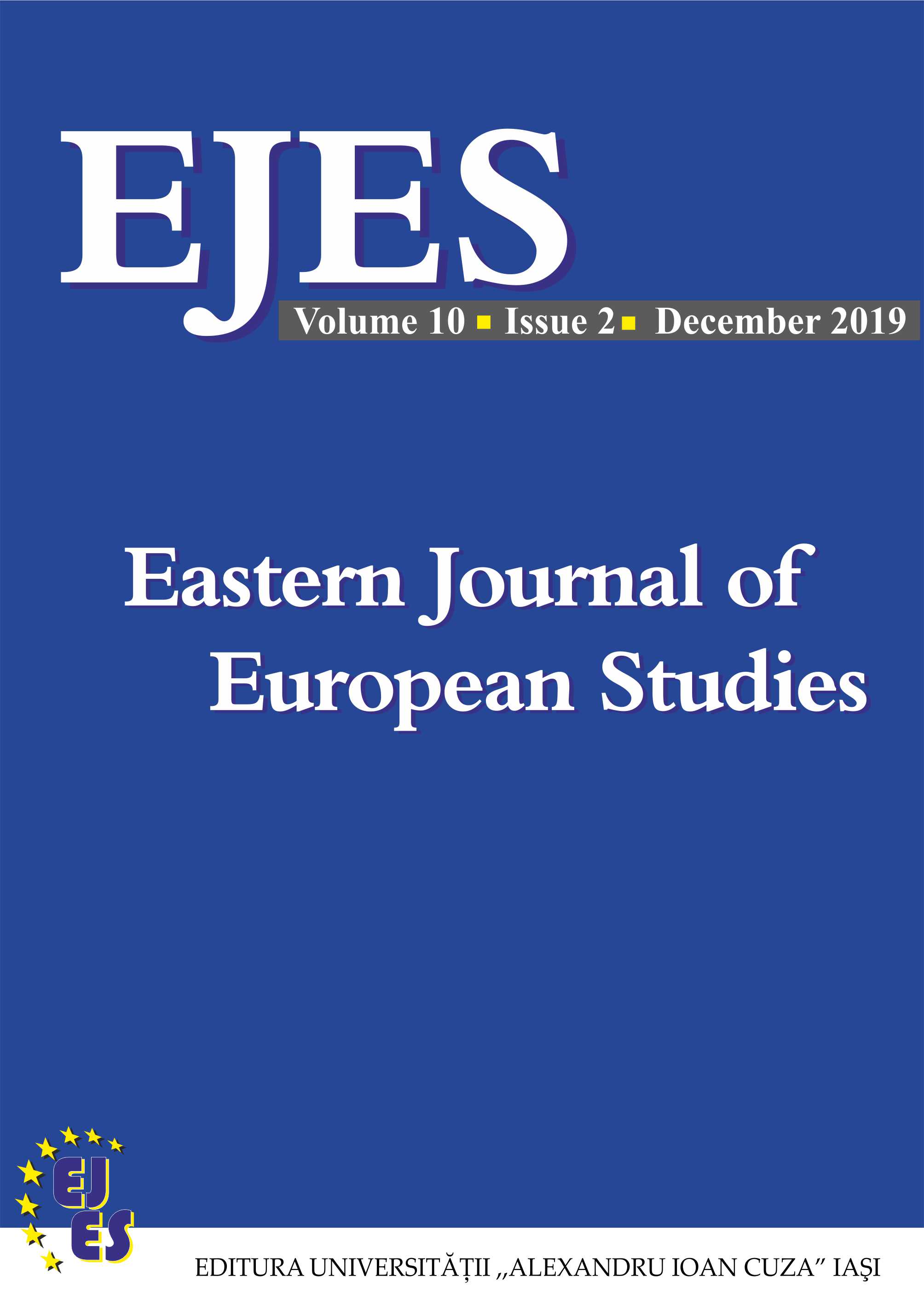Comparative qualitative analysis of Turkey and Estonia in the IT sector vacancies
Comparative qualitative analysis of Turkey and Estonia in the IT sector vacancies
Author(s): Ufuk Bingöl, Hakan METE, Yılmaz ÖZKANSubject(s): Economy, ICT Information and Communications Technologies
Published by: Editura Universităţii »Alexandru Ioan Cuza« din Iaşi
Keywords: IT; IT vacancies; qualitative data analysis; workforce qualification;comparison between bankruptcies of natural persons who carry out and do not carry out business activity;
Summary/Abstract: The aim of this study is to compare the Information Technologies (IT) job requirements in Turkey and Estonia, which have made significant progress in the IT sector, and to determine the developmental pattern of IT labor workforce by utilizing qualitative data analysis methods. Estonia was chosen for this comparative analysis on the IT sector workforce qualifications primarily because its young population surplus is similar to Turkey’s with regard to the demographic window. As known, the educated young population has played an important role in the development of the country in terms of digital society. After declaring its independence in 2001, Estonia shaped all of its economic and social development endeavors around the IT sector. It is believed that the exhibition of results generated by the content analysis methods through the IT vacancies of companies operating in the IT sector and the results obtained by the comparative coding and analysis studies may constitute the data source for the labor market regulations to be achieved in Turkey in the future. In this context, content analysis, which is a sub-element of qualitative data analysis study with grounded theory, has been carried out with NVIVO 12.0 Plus, a Qualitative Data Analysis (QDA) software. According to the preliminary results of the study, the qualitative analysis of the information technologies workforce in Estonia, where solutions for the employment problem and achievement of the digital society aims were identified through focusing on technology trainings, has shown results in accordance with Turkey’s technology-oriented education and development strategy.
Journal: Eastern Journal of European Studies
- Issue Year: 10/2019
- Issue No: 2
- Page Range: 197-220
- Page Count: 23
- Language: English

